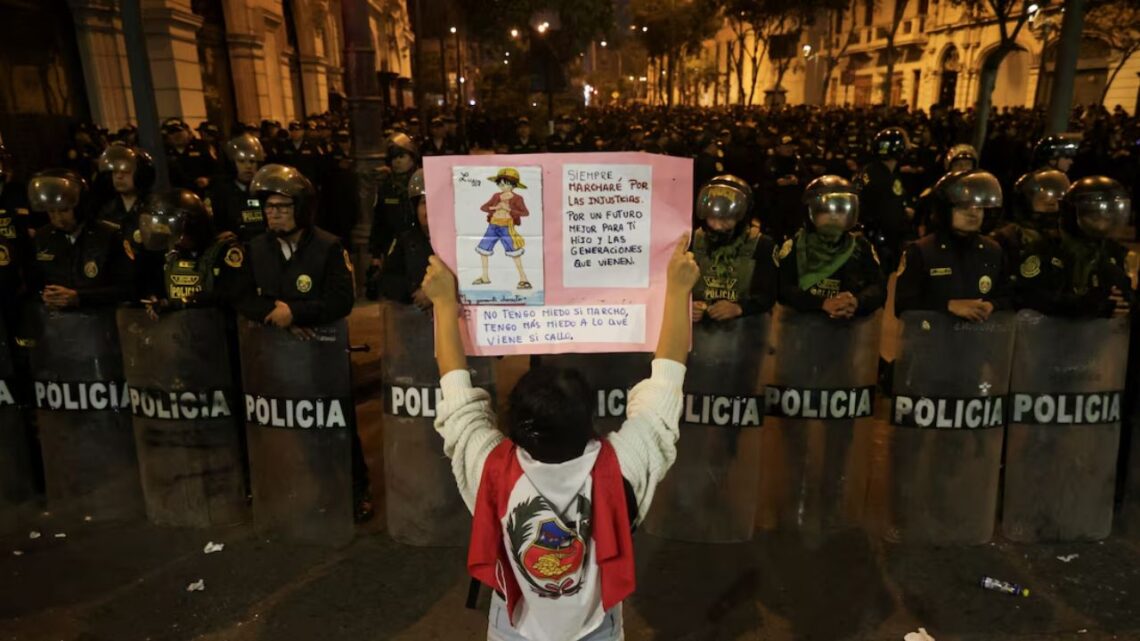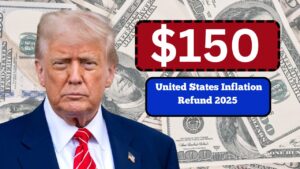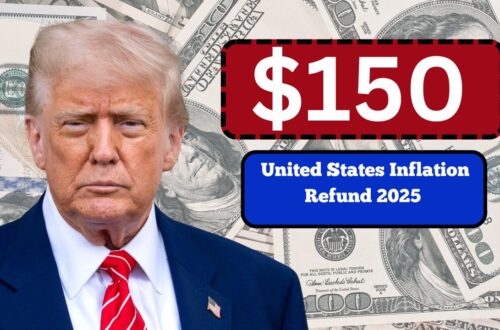Peru has been trapped in a cycle of political chaos—and the first days of President José Jerí’s rule have only deepened that crisis. Within days of Congress removing Dina Boluarte and elevating Jerí (aged 38) to the presidency, mass protests erupted across Lima and other cities.
The violent clashes left one protester dead, scores of citizens and police injured, and renewed fears about state repression, legitimacy, and governance. This chapter of unrest marks a critical turning point: will Jerí stabilize the country or deepen its fractures?
Context: Political Turmoil in Peru
Peru has seen six to seven presidents in less than a decade. The persistent causes: chronic corruption, rampant crime, weak institutions, and public distrust.
In early October 2025, Congress removed Boluarte in a sweeping vote, citing scandals, rights‐abuses, and mounting public pressure. Jerí, then President of Congress, assumed office on October 10, 2025.
Public anger—especially among Gen Z activists, transport unions, youth groups, and civil society—had already been simmering. Protests had been shaking the country over pension reforms, inequality, and lack of justice.
The transition to Jerí’s presidency did not quell that anger; instead, many saw it as a continuation of the old system under a new face.
What Happened: Night of Clashes
On Wednesday night, massive protests converged outside the Congress building in Lima, with parallel actions in other cities.
1. Key Events & Figures
| Detail | Information |
|---|---|
| Protester Killed | Eduardo Mauricio Ruiz, 32 (some reports say 32, others 32–33) |
| Number Injured | Over 100 people (various sources: 55 police + 20 civilians; some report 80 police + 10 journalists + many civilians) |
| Police Injured | Ranges from 55 to 89 officers (some sources say 89) |
| Civilian Injured / Journalists | At least 20 civilians, plus ~10 journalists in some accounts |
| Officer Involved | Luis Magallanes, allegedly fired the shot; dismissed, hospitalized |
| State Response | Declaration of state of emergency in Lima |
| Demands by Protesters | Resignation of Jerí, dissolution of Congress, end to political impunity and insecurity |
| Jerí’s Emergency Term | His presidency is transitional until scheduled elections in mid-2026 (some sources say April or July) |
| Cabinet Picks | PM: Ernesto Álvarez; Interior minister: Vicente Tiburcio (retired general) |
| Past Allegations Against Jerí | Corruption, sexual assault (denied) |
During the protests, demonstrators hurled rocks, burning debris, fireworks, while police used tear gas and other crowd control measures.
Some tried to breach metal barriers around Congress, chanting slogans like “Everyone must go!”. The Ombudsman’s Office confirmed Ruiz’s death; Peru’s prosecutors say he died of a gunshot.
Police later acknowledged that Officer Luis Magallanes fired the fatal shot. He claimed to have been attacked by demonstrators. He was removed from duty and is hospitalized after sustaining injuries, possibly from being attacked in the chaos.
President Jerí expressed that the killing was “regrettable” and pledged an “objective investigation. He blamed the violence on “delinquents who infiltrated a peaceful protest to sow chaos.”
Meanwhile, the government moved swiftly to enact a state of emergency in Lima, giving security forces greater powers to restore order.
The violent outbreak in Lima — where one protester was killed and dozens were wounded — is more than just unrest. It’s a defining moment for President José Jerí’s fragile administration. His legitimacy, capacity to reform, and respect for rights will all be tested.
How he handles the fallout — especially the investigation of Eduardo Ruiz’s death — may determine whether his presidency becomes yet another chapter in Peru’s cycle of instability — or a turning point toward renewal.









